Power, greed, and shame have often been the motives to rewrite the past and change the narrative of the history books. They’ve burned documents, silenced witnesses, and twisted what happened to conceal the truth, but the past always leaves traces. Here are 17 shocking events they tried to hide.
The Rwandan Genocide (1994)
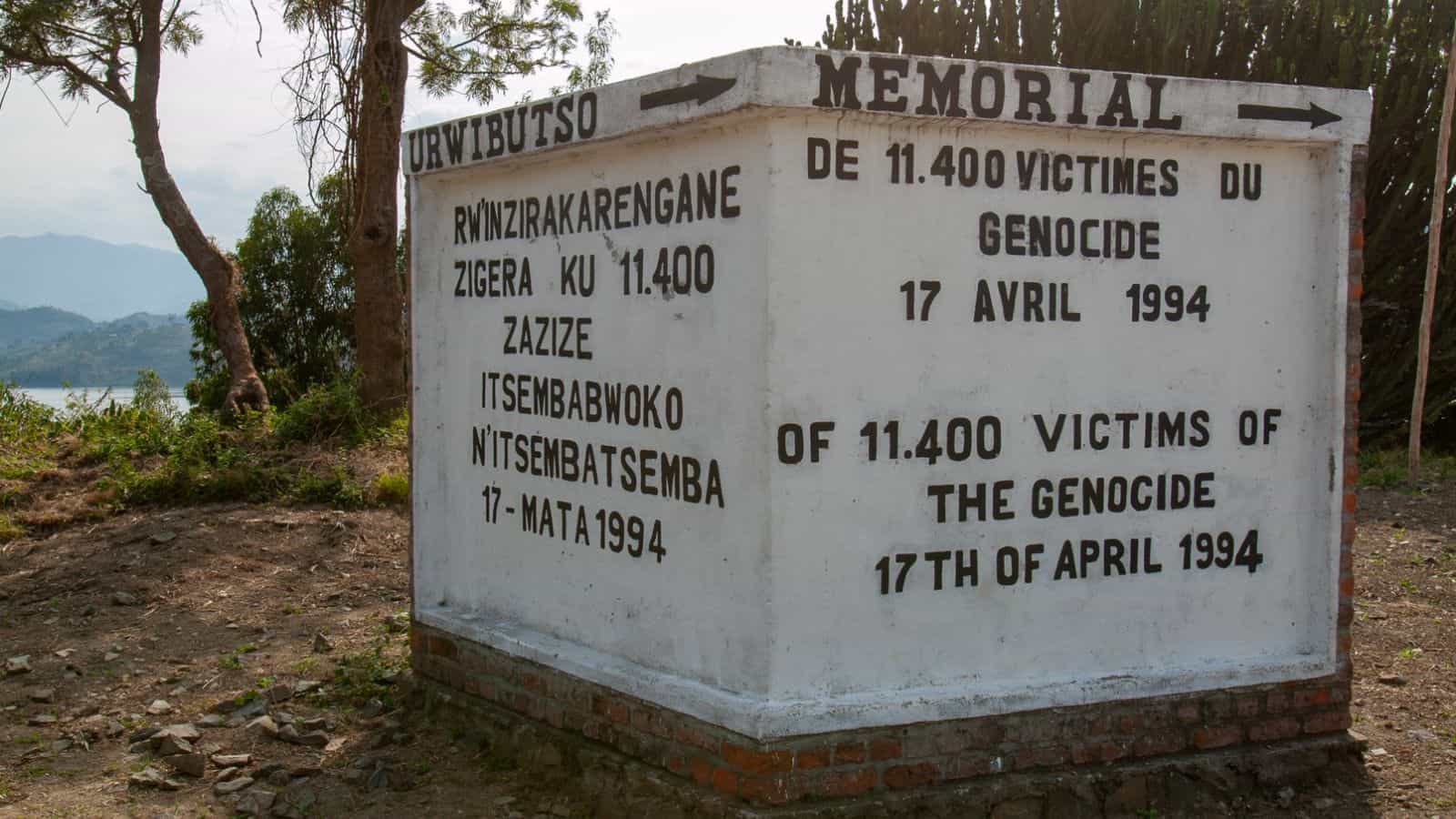
An estimated 800,000 Tutsis and moderate Hutus were slaughtered by Hutu extremists in Rwanda. This genocide was fueled by ethnic hatred and political tensions, and the international community failed to intervene quickly. The Guardian claims “President Bill Clinton’s administration knew Rwanda was being engulfed by genocide in April 1994 but buried the information.”
The Katyn Forest Massacre (1940)
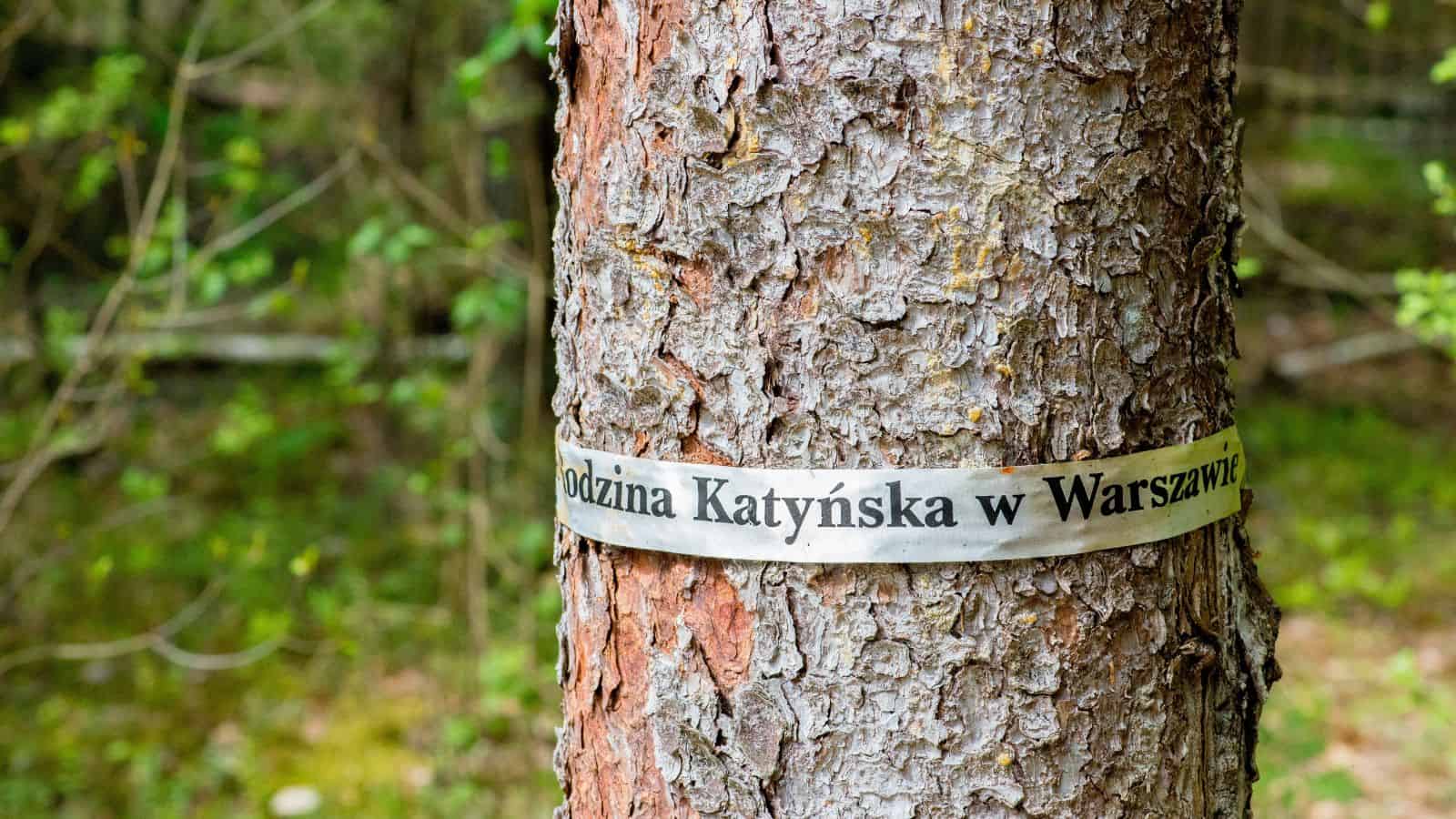
Near Smolensk, Russia, over 20,000 Polish prisoners of war were executed by the Soviet secret police (NKVD) on Stalin’s orders. For years, the Soviets blamed Nazi Germany, but evidence eventually revealed the truth, straining relations between the Soviet Union and its Western allies during World War II.
The Watergate Scandal (1972–1974)
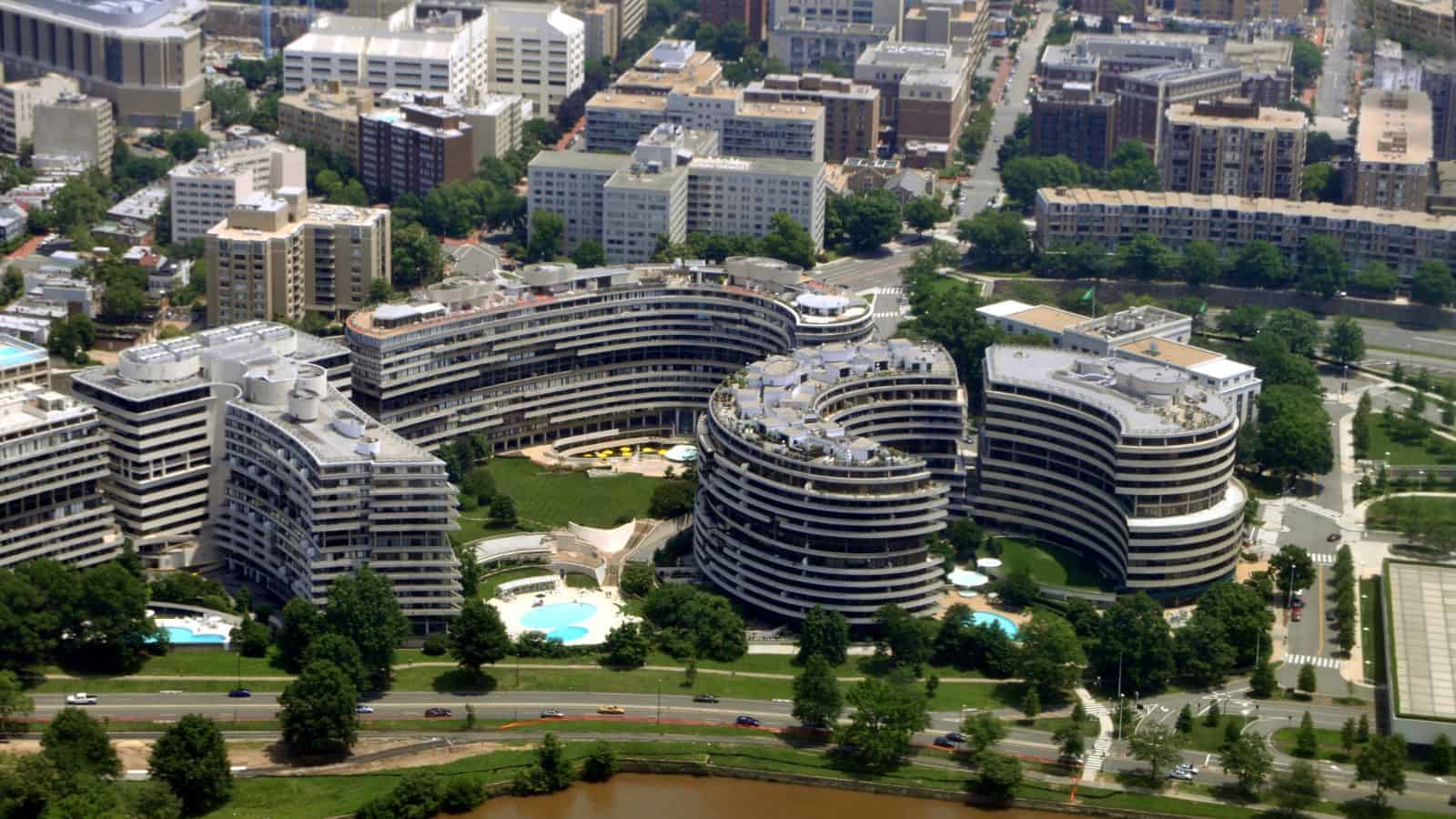
A series of illegal activities, including the break-in at the Democratic National Committee headquarters and subsequent cover-up, were orchestrated by the Nixon administration. History maintains that “Nixon took aggressive steps to cover up the crimes.” The scandal exposed a pattern of abuse of power at the highest levels of government, leading to President Nixon’s resignation.
The Rape of Nanking (1937–1938)
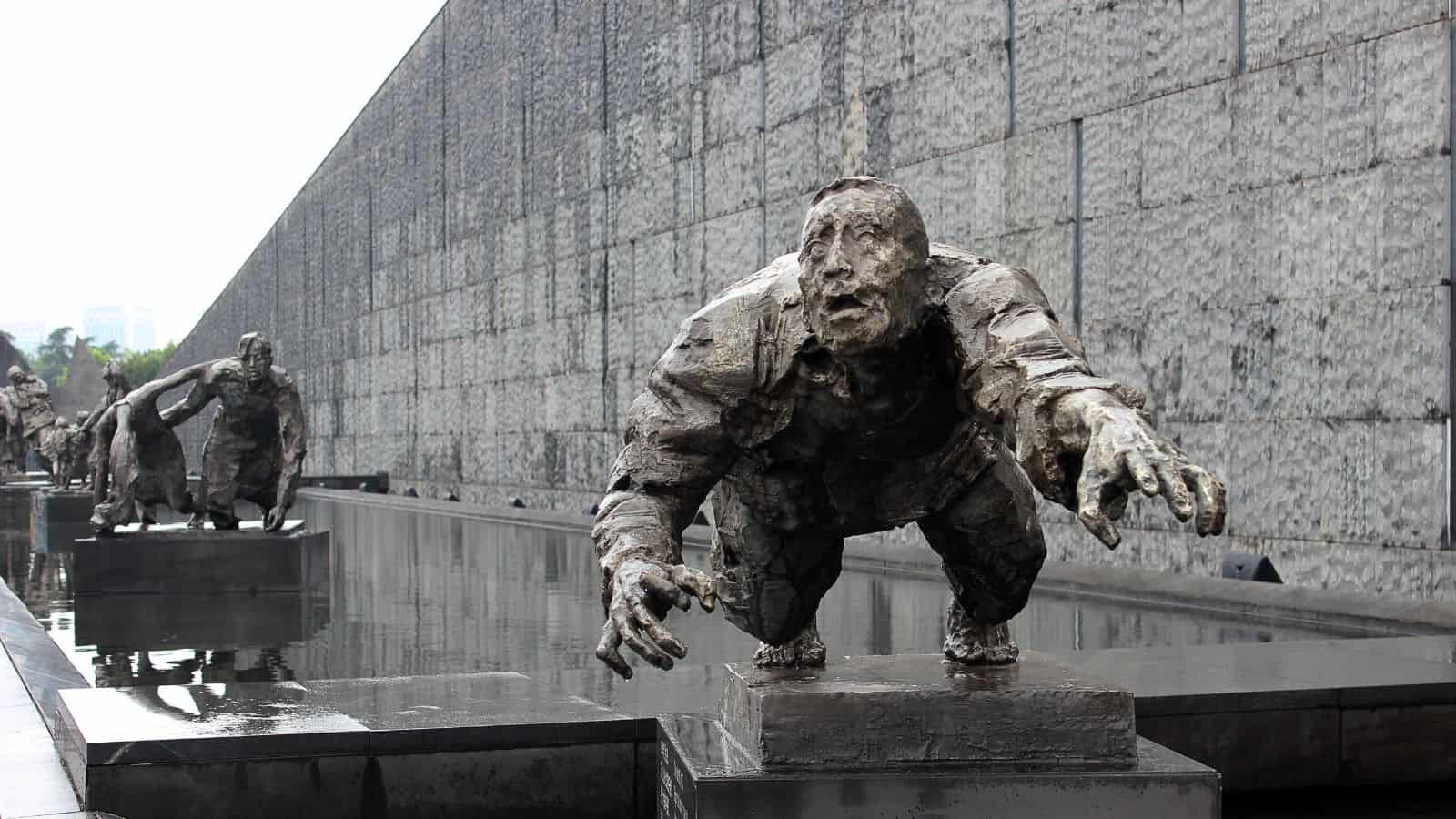
During the Second Sino-Japanese War, Japanese troops carried out a horrific campaign of mass murder, rape, and looting in the Chinese city of Nanking (now Nanjing). An estimated 300,000 civilians were killed, and tens of thousands of women were sexually assaulted. The Japanese government has long downplayed or denied the extent of these atrocities.
The Armenian Genocide (1915–1923)
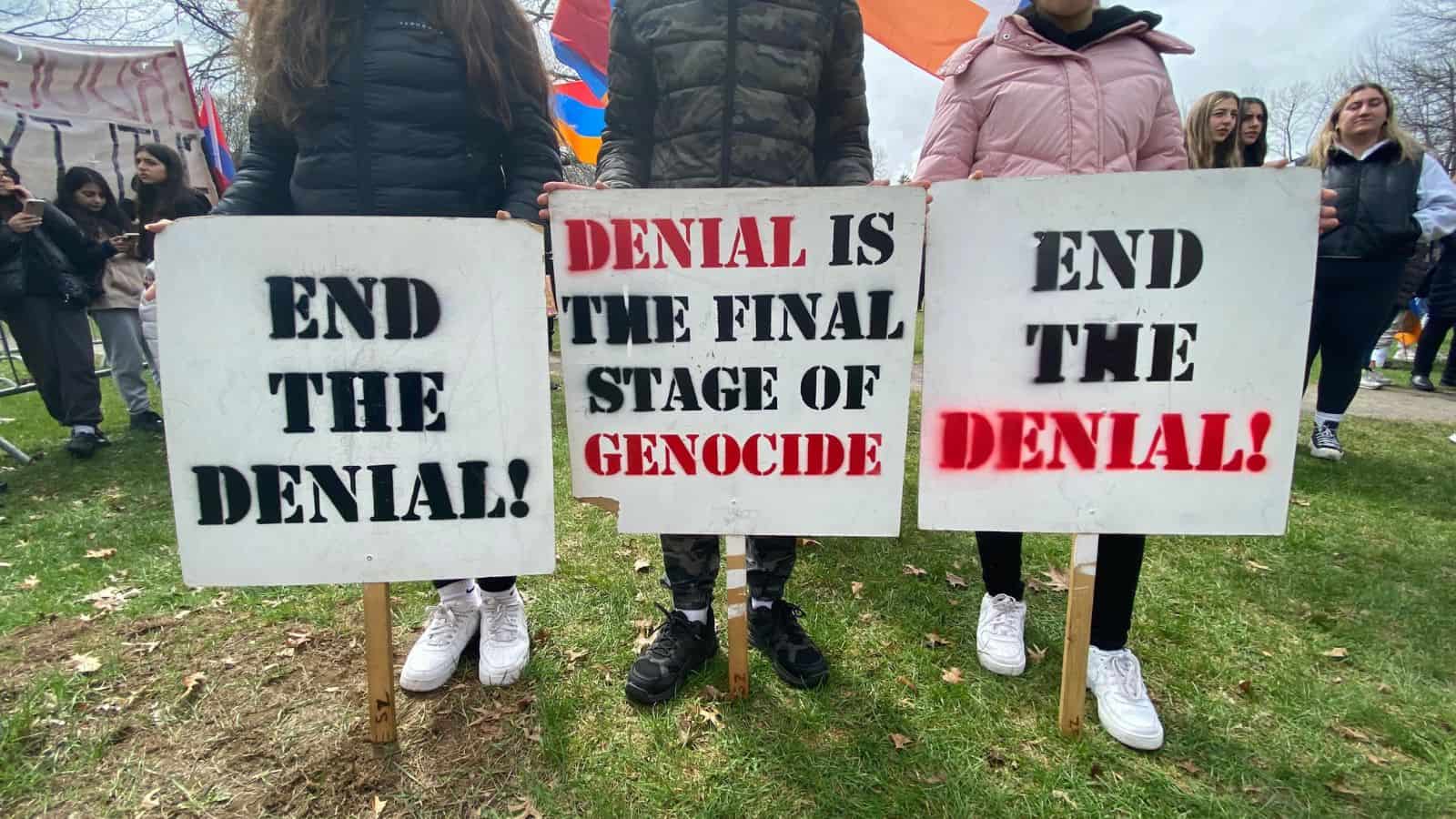
The Ottoman Empire systematically exterminated an estimated 1.5 million Armenians during World War I. This genocide was carried out through massacres, deportations, and forced labor. The Turkish government continues to deny that a genocide occurred, despite overwhelming evidence to the contrary.
The Great Chinese Famine (1959–1961)
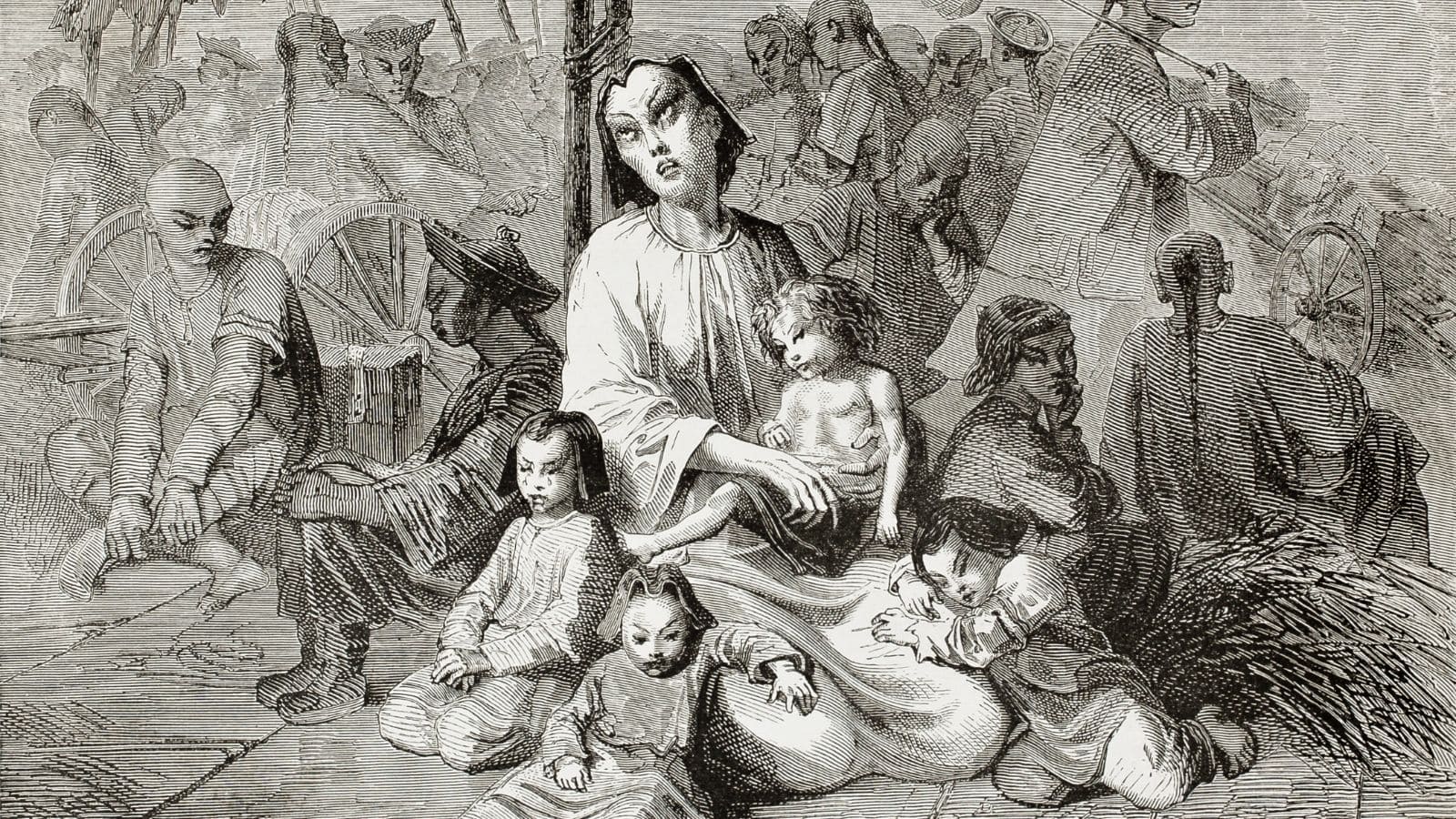
Mao Zedong’s “Great Leap Forward” policies led to catastrophic agricultural failures and a devastating famine that resulted in the deaths of tens of millions of Chinese people. The Chinese government initially covered up the scale of the disaster and has since attempted to minimize its role in the tragedy.
The Tulsa Race Massacre (1921)
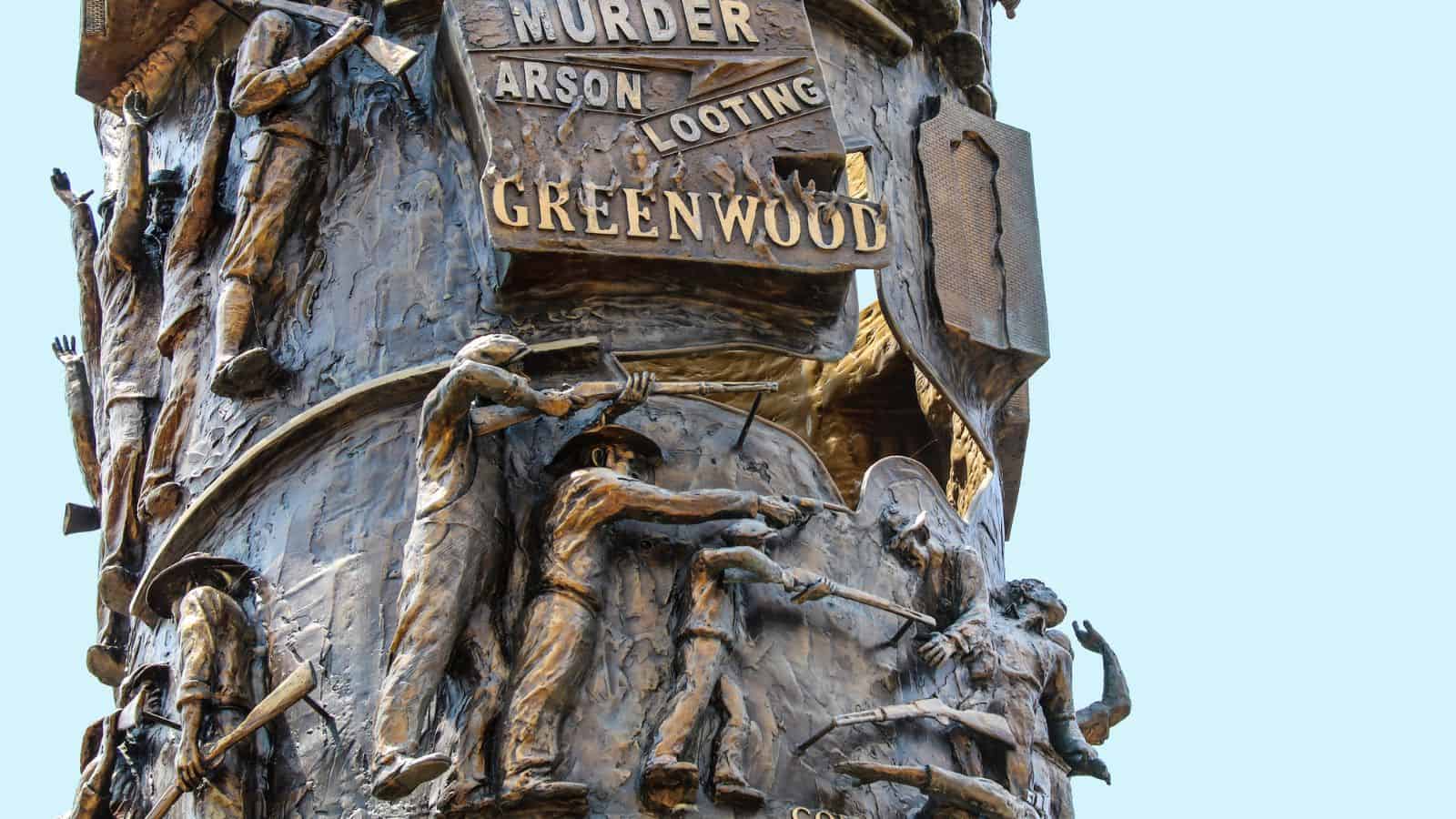
A thriving African American community in Tulsa, Oklahoma, known as “Black Wall Street,” was attacked by a white mob, resulting in the deaths of hundreds of Black residents and the destruction of thousands of homes and businesses. The massacre was largely omitted from history books for decades, but survivors and their descendants continue to seek justice.
The Gukurahundi Massacres (1983–1987)
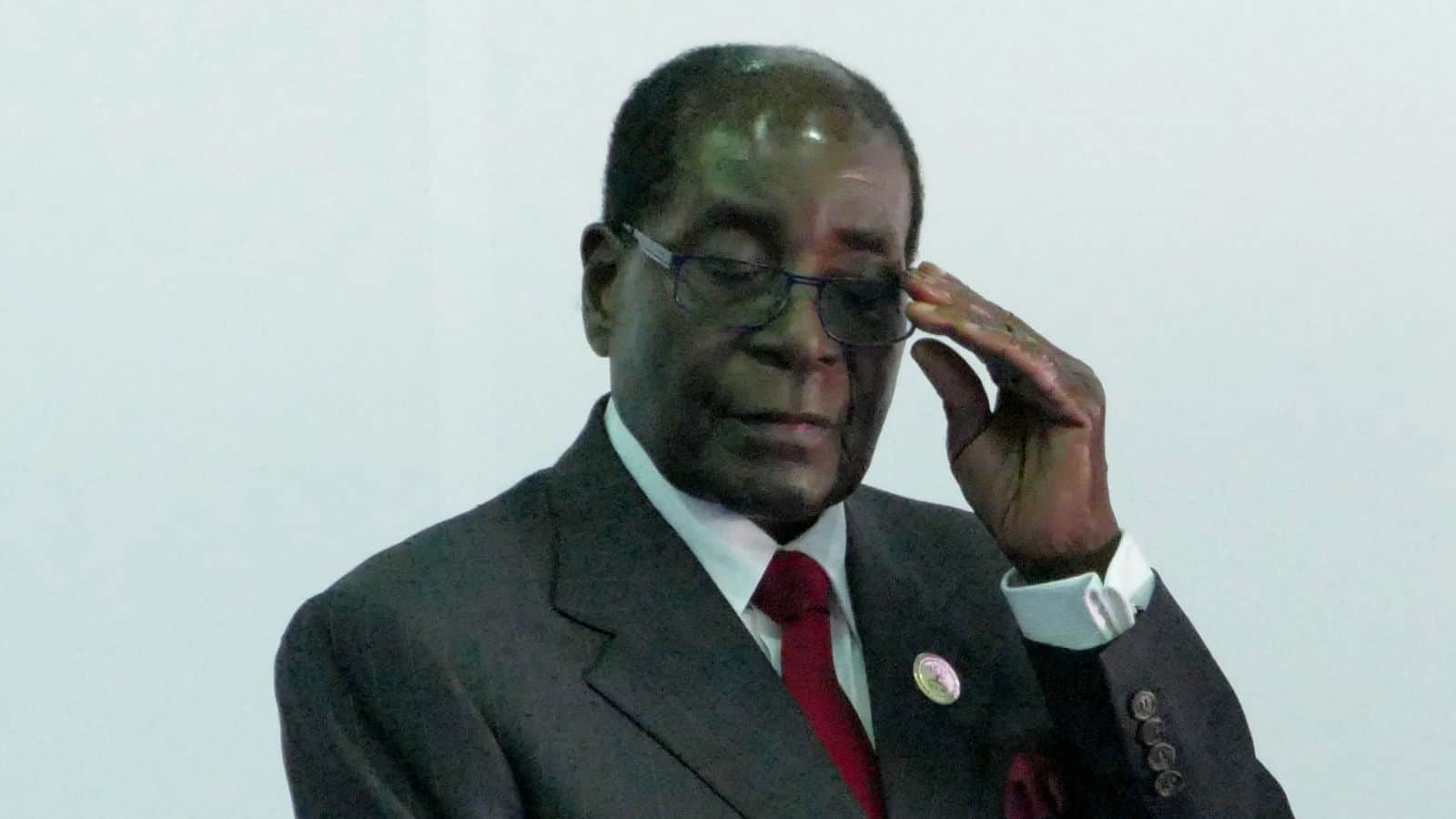
In Zimbabwe, the government of Robert Mugabe unleashed a brutal campaign of violence against the Ndebele ethnic minority, resulting in the deaths of an estimated 20,000 people. The Gukurahundi massacres were carried out by the North Korean-trained Fifth Brigade and have been largely ignored or downplayed by the Zimbabwean government.
The Holodomor (1932–1933)
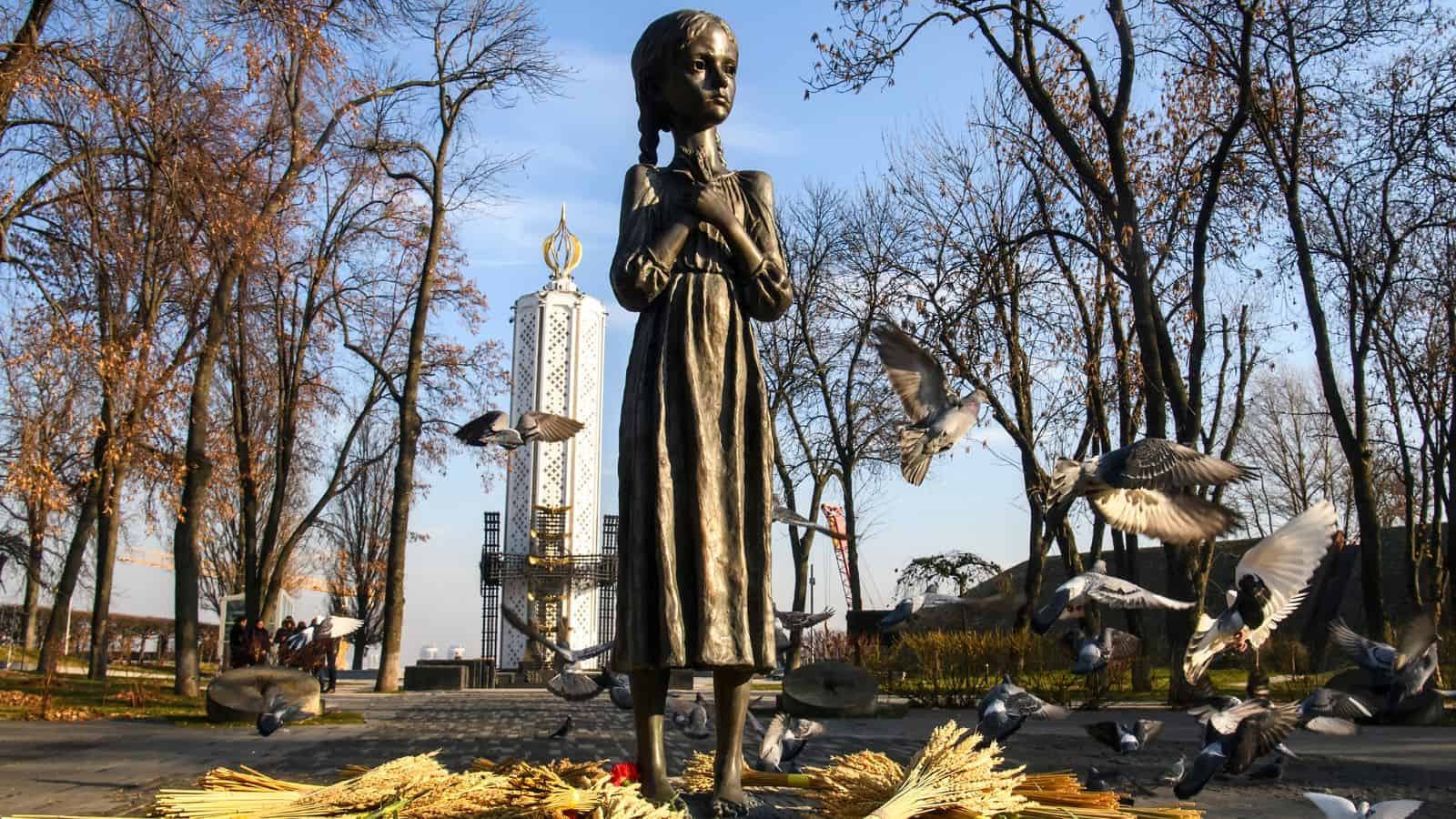
Stalin’s Soviet regime deliberately engineered a famine in Ukraine, resulting in the deaths of millions of Ukrainians. This act of genocide was designed to crush Ukrainian nationalism and collectivize agriculture. The Soviet Union denied the Holodomor for decades, but evidence has since emerged to confirm it happened.
The My Lai Massacre (1968)
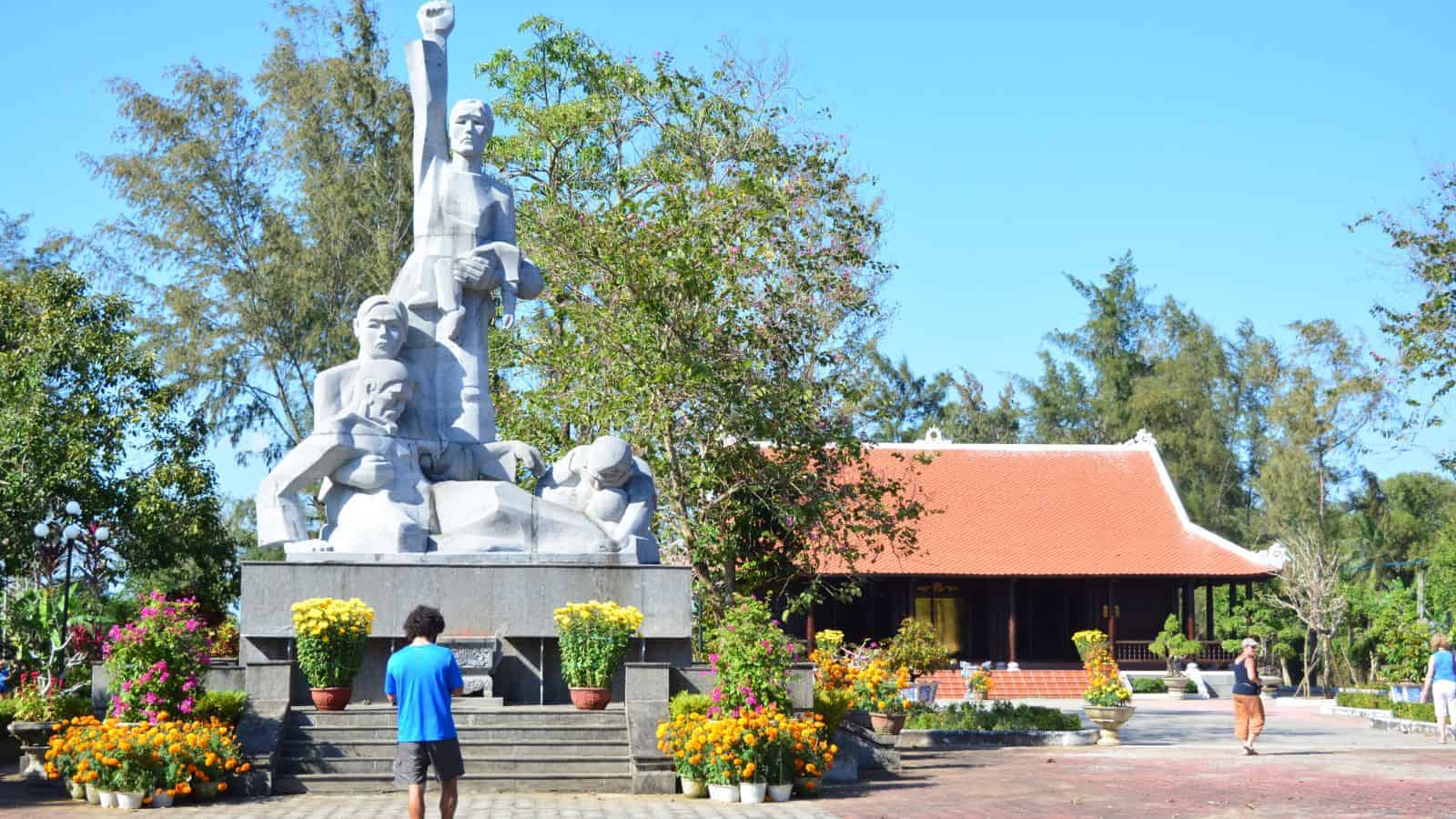
During the Vietnam War, American soldiers massacred hundreds of unarmed civilians, including women, children, and elderly people, in the village of My Lai. The U.S. military initially attempted to cover up the massacre, but it eventually came to light, sparking outrage and contributing to growing anti-war sentiment.
The Cambodian Genocide (1975–1979)

Under the rule of Pol Pot and the Khmer Rouge, Cambodia experienced a horrific genocide in which an estimated 1.5 to 2 million people died from execution, forced labor, starvation, and disease. The regime targeted intellectuals, ethnic minorities, and anyone perceived as a threat. The world was slow to react to this tragedy, and it was largely ignored for years.
Operation Condor
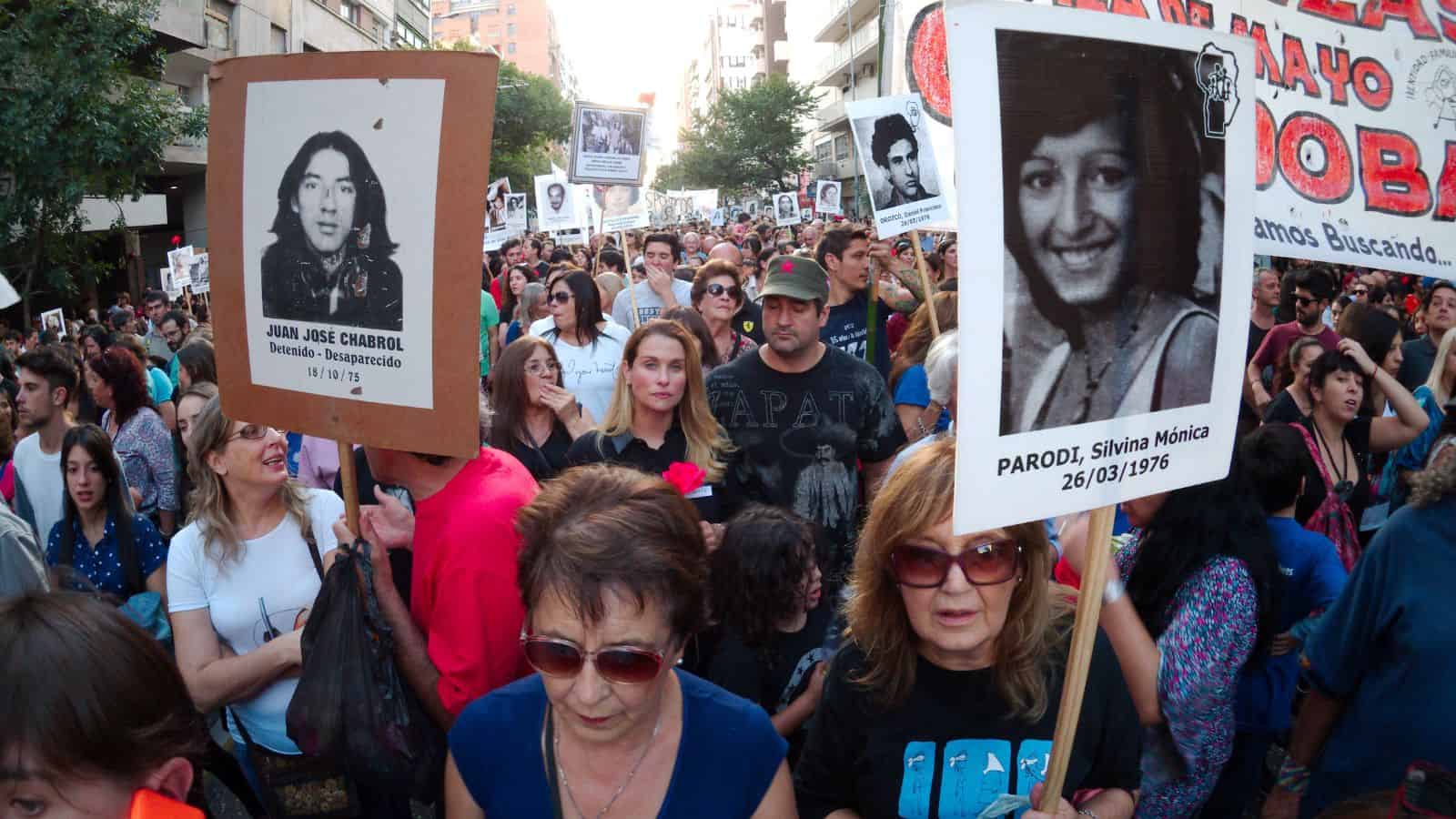
During the 1970s and ’80s, there was a campaign of political repression and state terror coordinated by right-wing dictatorships in South America. Operation Condor targeted leftist dissidents, union leaders, and intellectuals, resulting in thousands of disappearances, extrajudicial killings, and torture. The full extent of the operation is still being uncovered.
The Indonesian Mass Killings (1965–66)
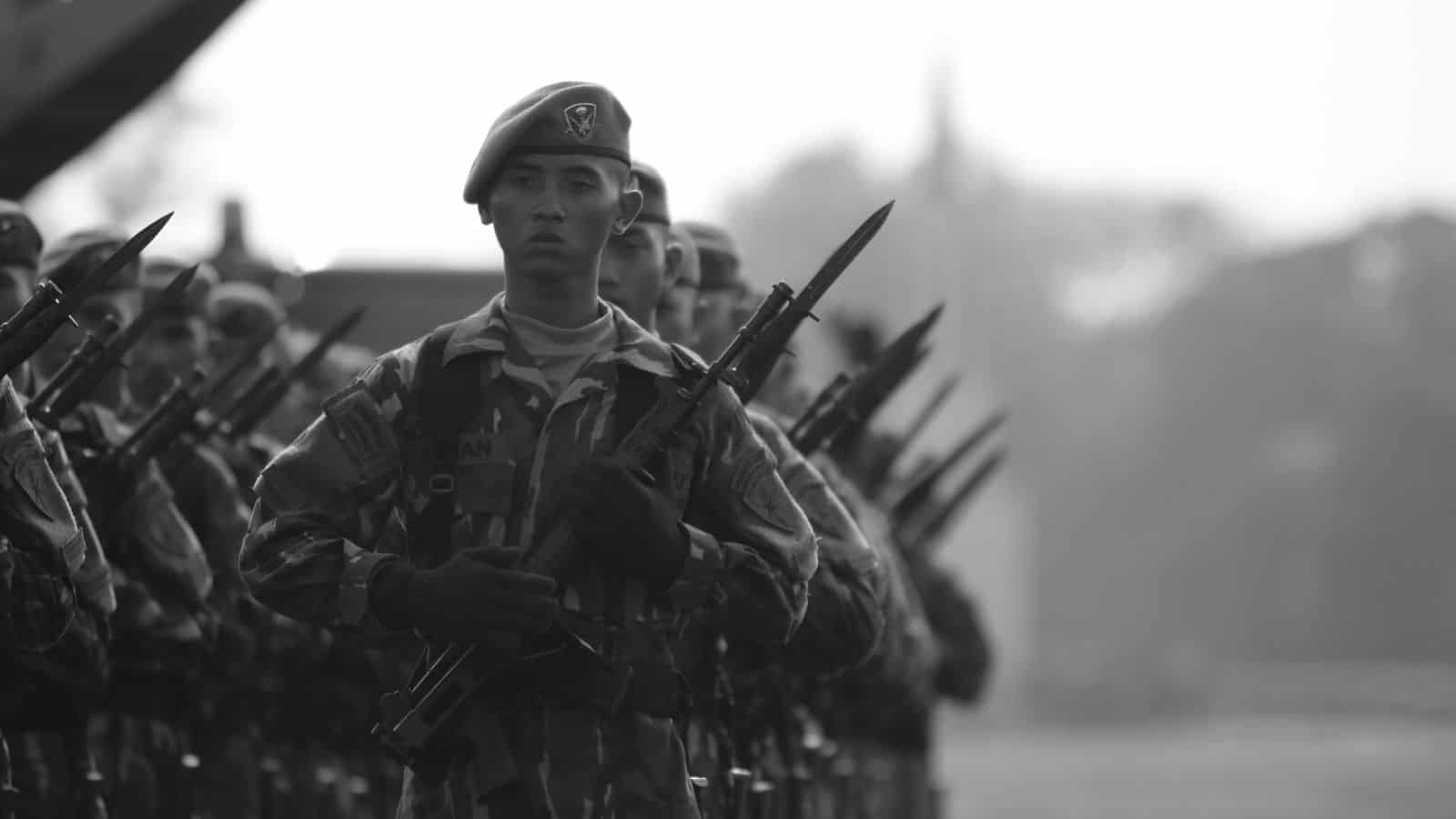
Following a failed coup attempt, the Indonesian military and its allies orchestrated a brutal anti-communist purge, resulting in the deaths of about 500,000 to 1 million people. The systematic killings targeted members of the Indonesian Communist Party (PKI), ethnic Chinese, and any suspected leftists. The Indonesian government has long denied the scale and brutality of the massacres.
The Dirty War in Argentina (1976–1983)
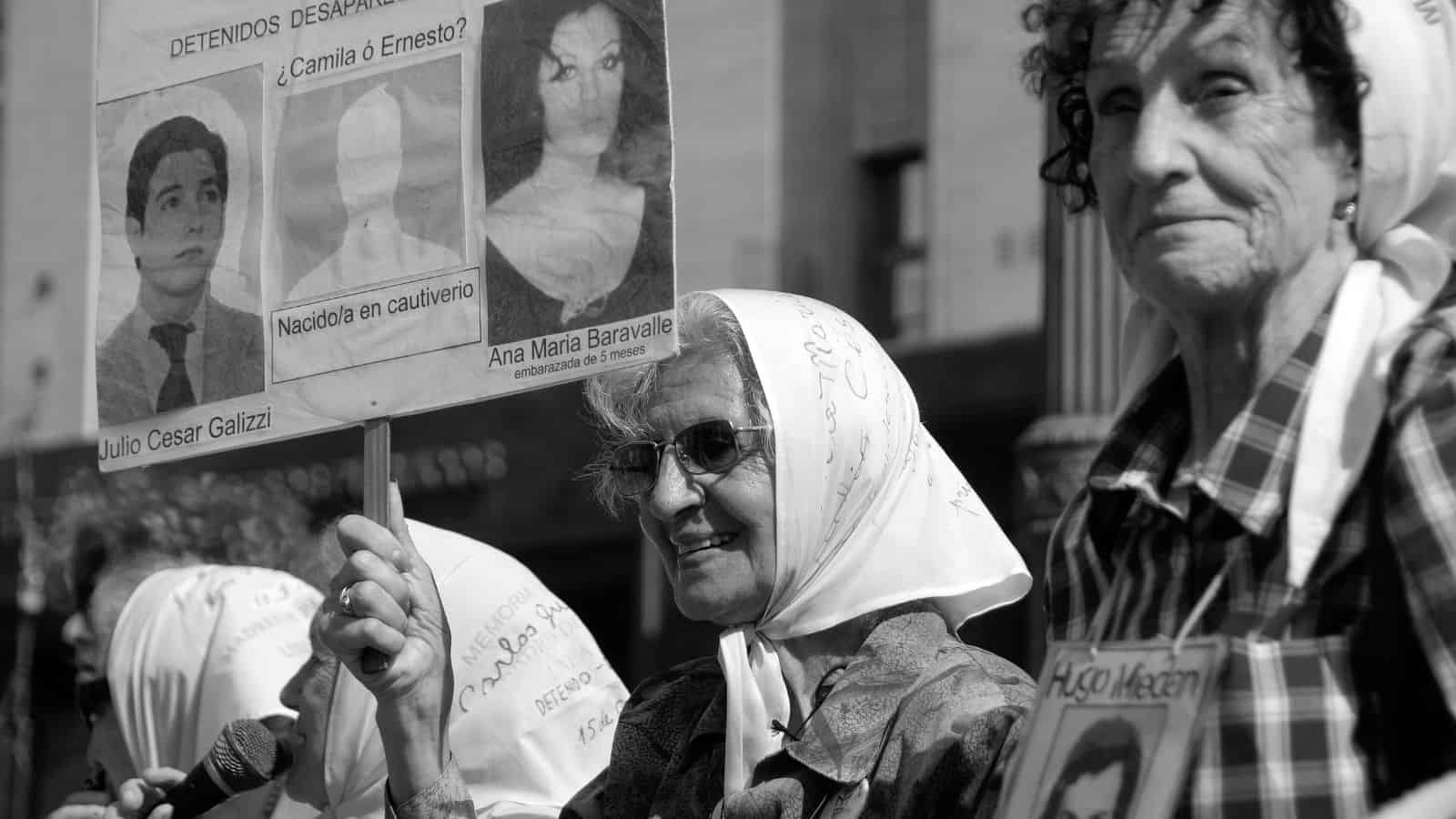
Argentina’s military dictatorship started a campaign against leftists and their families. An estimated 30,000 people were tortured and killed. The government denied it for years, but The Guardian reports that “Argentina’s supreme court ruled in 2009 that the dictatorship’s killings between 1976 and 1983 constituted ‘crimes against humanity within the framework of [a] genocide.'”
The Red Terror in Ethiopia (1977–1978)
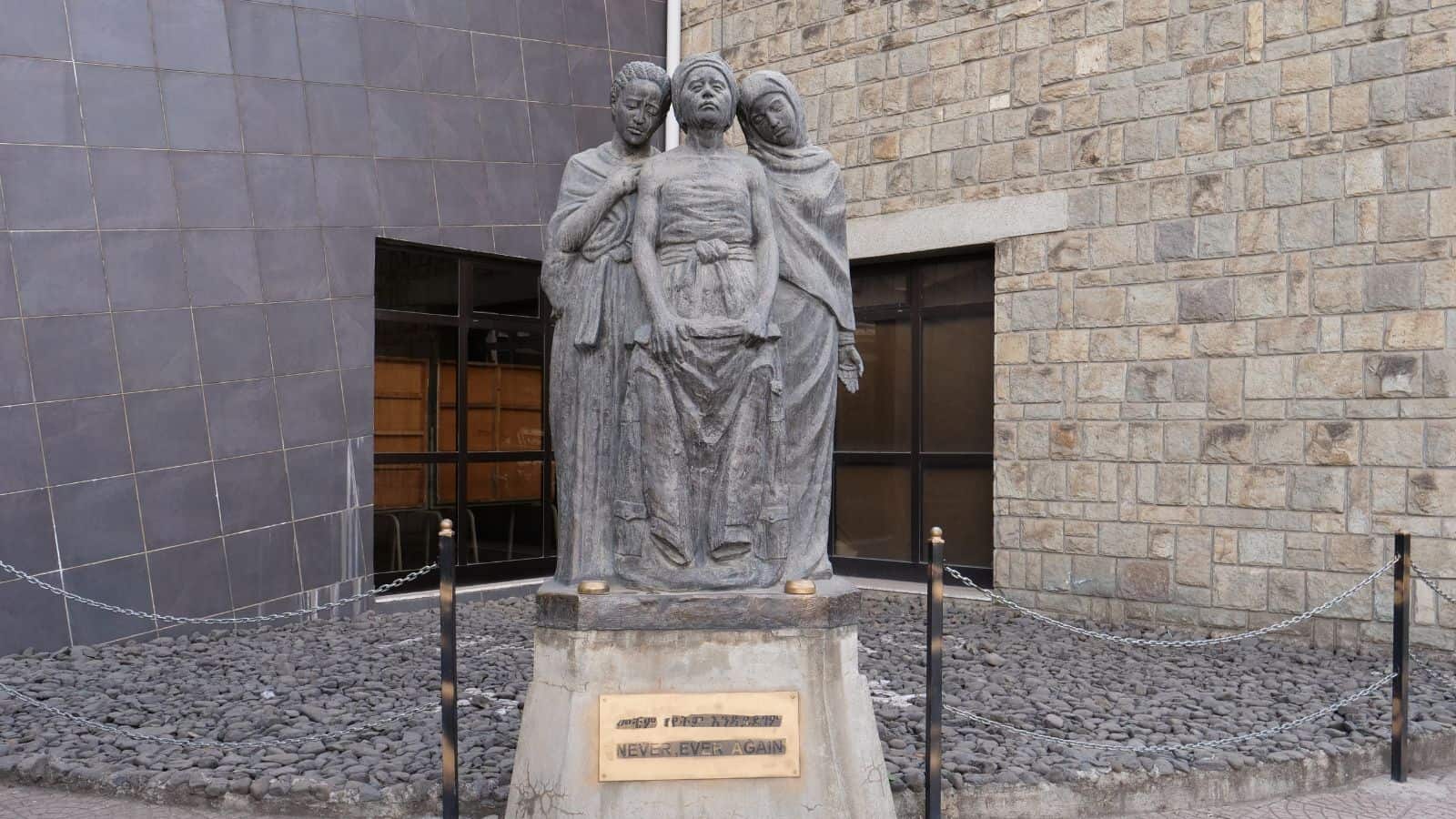
The Derg regime, a Marxist-Leninist military junta, launched a series of attacks against its political opponents, resulting in the deaths of tens of thousands of Ethiopians. The Red Terror was characterized by arbitrary arrests, torture, executions, and disappearances. The Derg regime’s crimes were largely ignored or denied by the international community for a long time.
The Manhattan Project (1942–1946)
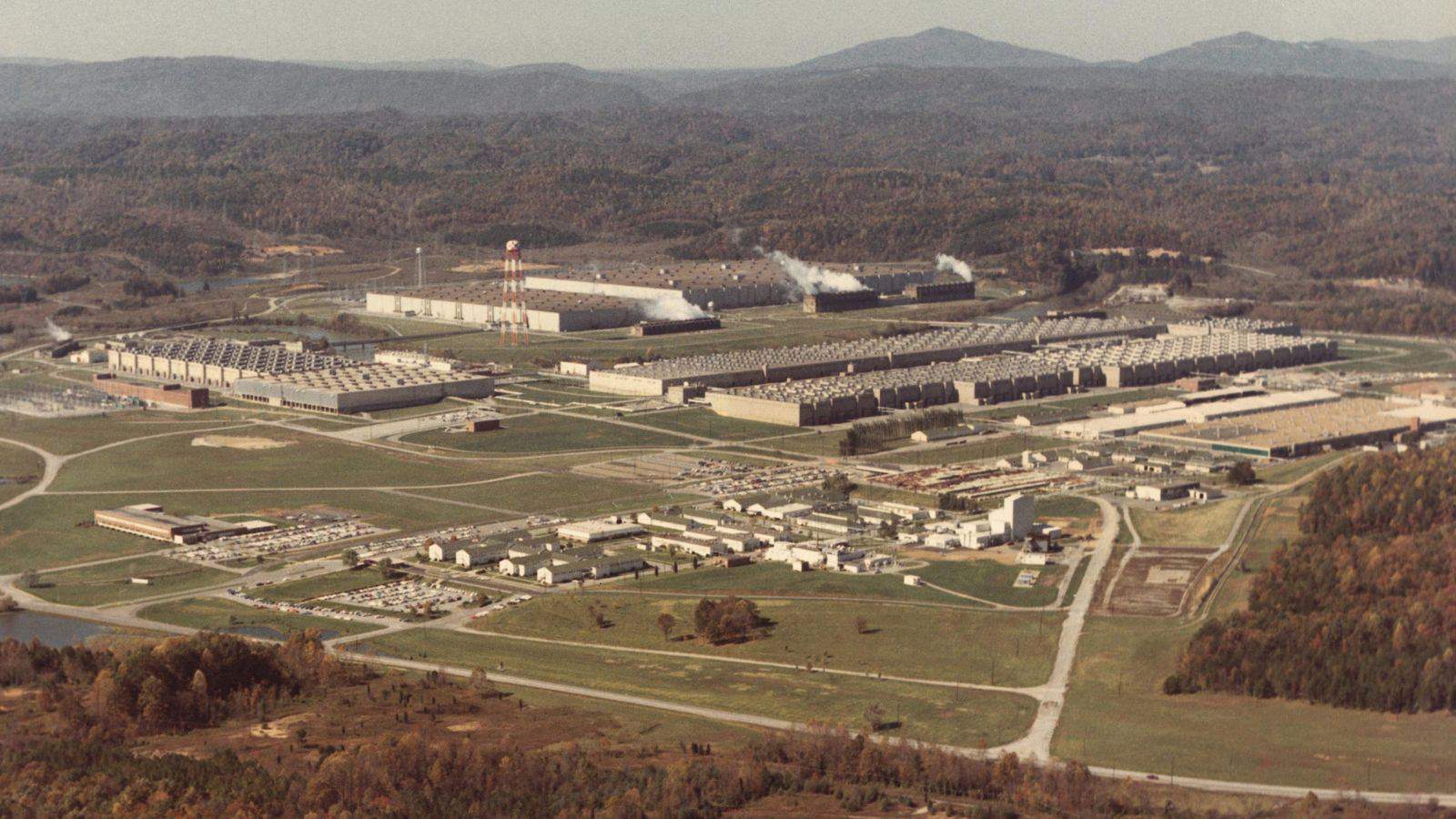
The development of the atomic bomb during World War II was shrouded in secrecy. The U.S. government went to great lengths to conceal the project’s existence, scale, and purpose, even from many of the scientists involved. The bombing of Hiroshima and Nagasaki marked a turning point in history, but the full extent of the project’s impact on the world remains a topic of debate.
The Gulf of Tonkin Incident (1964)
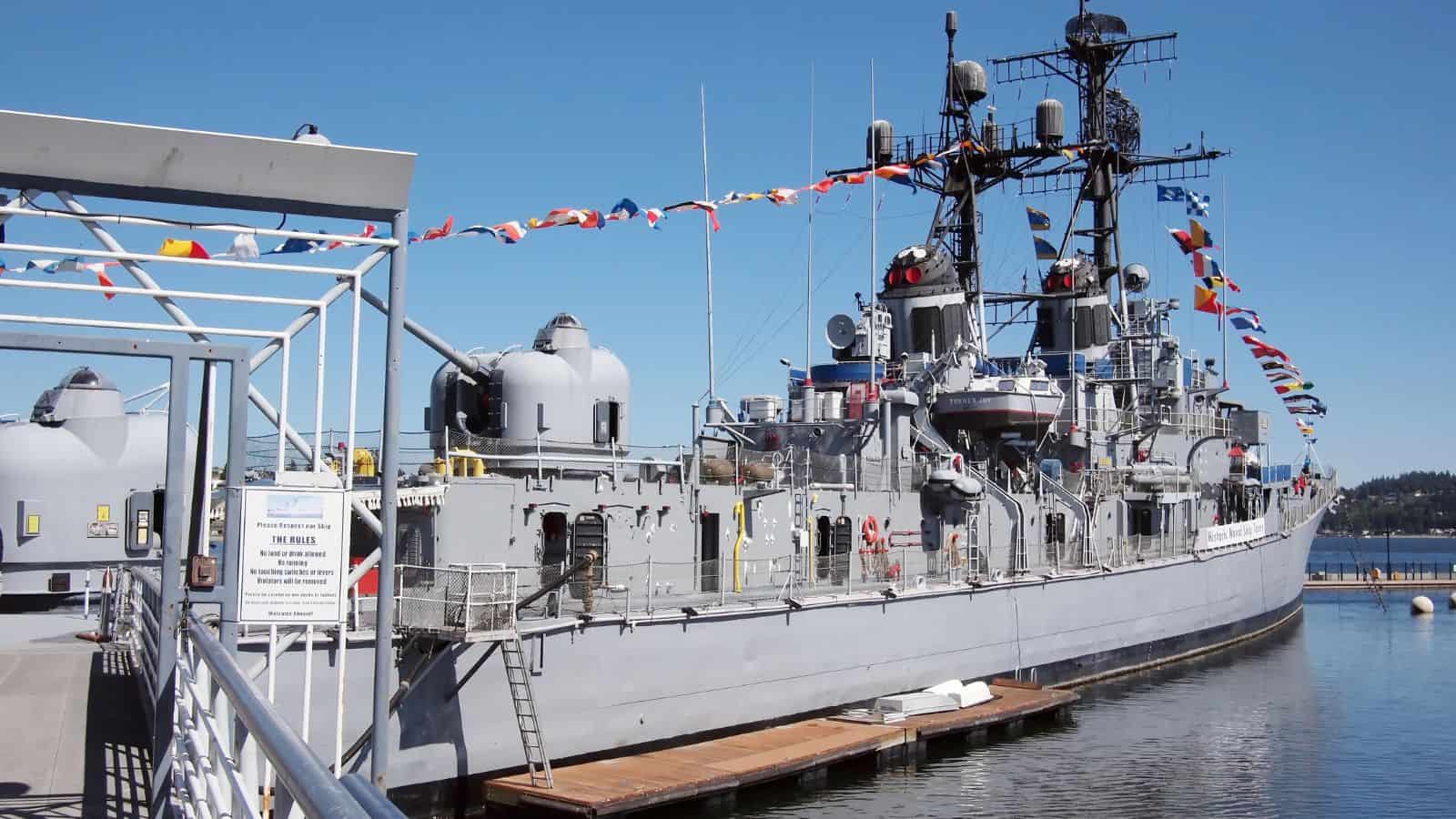
U.S. Navy ships’ claims that they’d been attacked by North Vietnamese forces were used as a pretext for escalating American involvement in the Vietnam War. However, subsequent investigations revealed that the attacks were either exaggerated or entirely fabricated. The Guardian says, “The Gulf of Tonkin resolution remains the template for presidential war-making.”
Up Next: 20 Things Your Boss Is Legally Forbidden to Ask of You

The workplace should be a professional environment free from discrimination and harassment. While employers have the authority to ask questions regarding legal work obligations, there are certain personal boundaries they cannot cross. Whether it’s an invasion of privacy or an unfair request, here are 20 examples of things your boss is legally prohibited from asking of you.
20 Things Your Boss Is Legally Forbidden to Ask of You
18 Things That Say You Are Middle-Class and Not Rich

The difference between the rich and middle class can be confusing, but the two couldn’t be further from each other in reality. In this article, we look at 18 signs that someone is middle class but not at all rich or wealthy.
18 Things That Say You Are Middle-Class and Not Rich
18 Most Dangerous Cities in the World (5 Are in America)
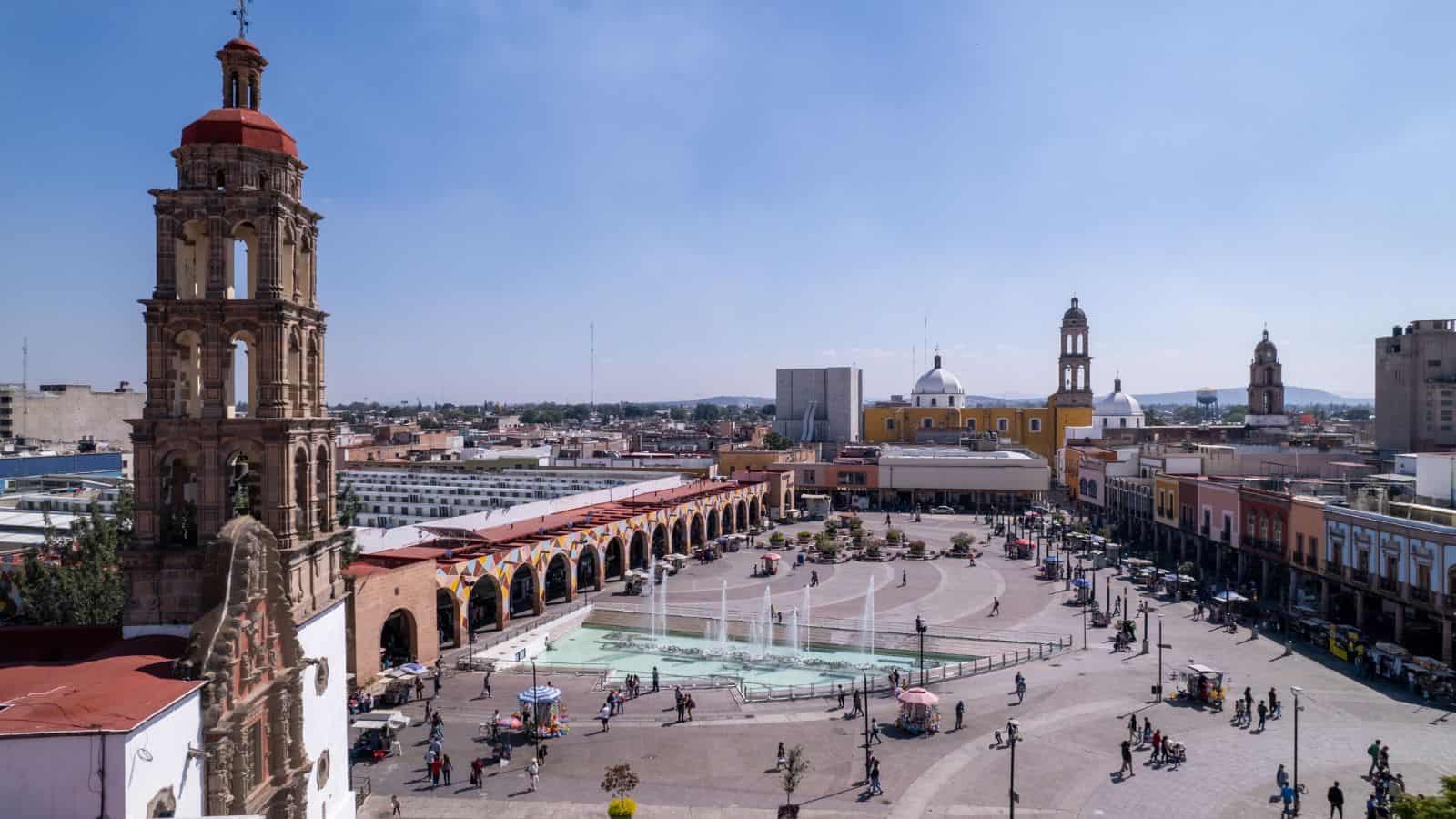
Across the globe, there are many places you don’t want to find yourself because of the crimes waiting to occur. Sometimes, even nature can be cruel to you. This is particularly the case in the following 18 most dangerous cities in the world, five of which are in America!
